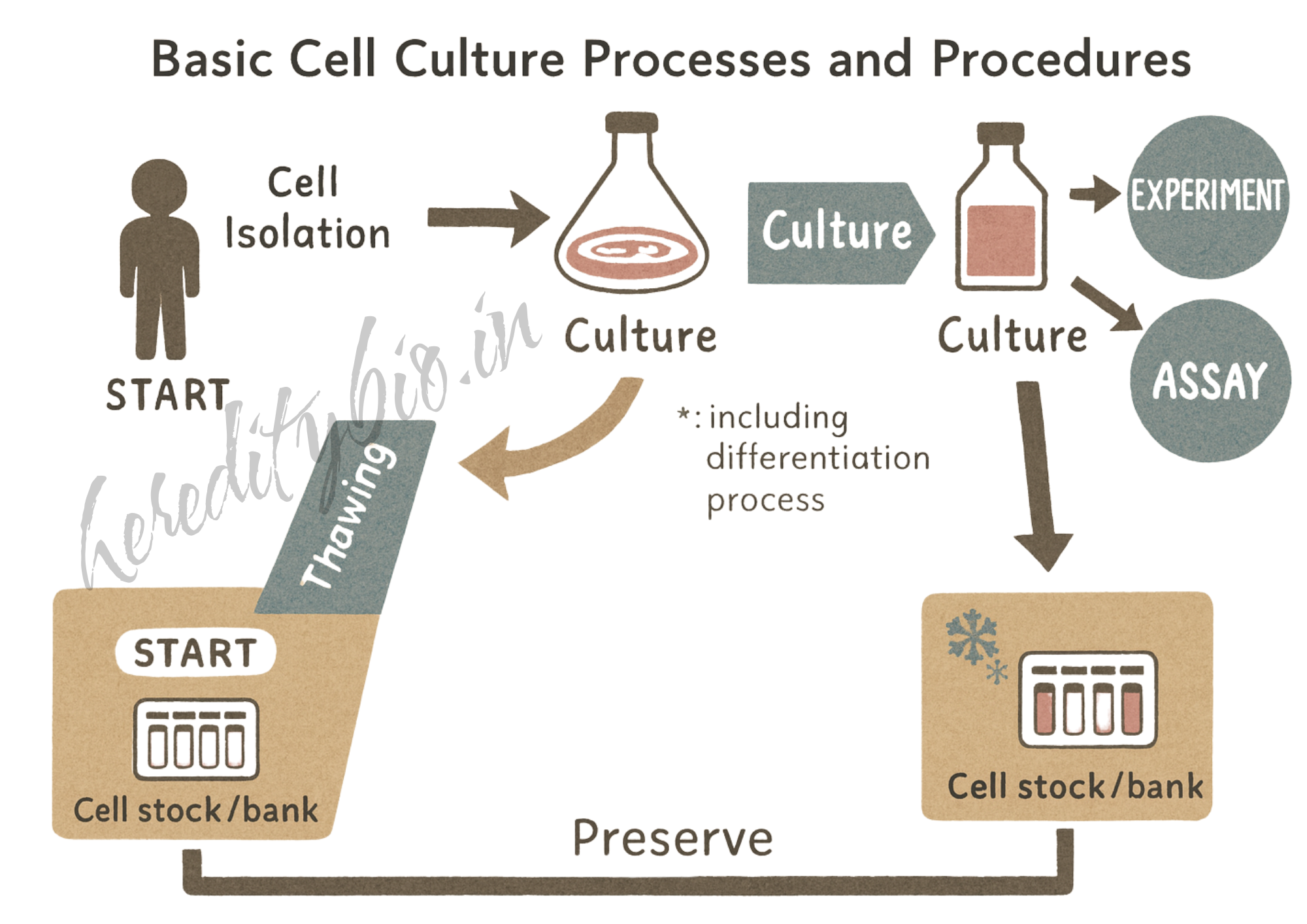#herrickhealthcare #hereditybiosciences
Introduction
Cell culture is the foundation of modern biomedical research, enabling scientists to study the behavior of cells in a controlled environment. By maintaining cells outside their natural host, researchers can observe growth patterns, test drug responses, and explore molecular pathways with unmatched precision. Whether you are a student, a researcher, or a healthcare professional, understanding basic cell culture processes is essential for advanced laboratory work.
Setting Up a Sterile Environment
Successful cell culture begins with sterility. All manipulations take place in a biosafety cabinet equipped with HEPA filtration. Surfaces are disinfected with 70% ethanol, and every reagent is sterilized through filtration or autoclaving to protect cultures from bacterial, fungal, or mycoplasma contamination.
Media Preparation and Cell Nutrition
Culture media provide essential nutrients, growth factors, and buffering agents. Commonly used formulations include #DMEM and #RPMI-1640, each tailored to specific cell types. Media preparation involves careful pH adjustment, osmolarity checks, and supplementation with serum or antibiotics when required. Proper media ensures healthy, reproducible cell growth.
Thawing, Seeding, and Subculturing
Cells preserved in liquid nitrogen are revived by gentle thawing and resuspension, followed by seeding into culture flasks. As cells proliferate and reach confluence, subculturing (passaging) prevents overcrowding and maintains a stable growth environment. Accurate cell counts using a hemocytometer and Trypan Blue exclusion guide the correct seeding density for experiments.
Monitoring Growth and Viability
Regular observation under an inverted microscope allows researchers to assess cell morphology, density, and contamination. Viability assays—such as #Trypan Blue staining—provide a quick measure of live versus dead cells, ensuring experimental reliability.
Applications and Future Directions
Basic cell culture techniques form the backbone of research in drug discovery, vaccine development, regenerative medicine, and cancer biology. With advanced training and mentorship, learners can progress from mastering routine culture to exploring complex 3D organoid systems and gene-editing technologies.
Join Our Training Programs
At Heredity Biosciences, we collaborated with Herrick Healthcare, providing specialized hands-on cell culture training guided by expert mentors. Our programs provide real laboratory experience with cutting-edge equipment, enabling participants to confidently perform cell isolation, media preparation, and advanced culture techniques.
Empower your future in biosciences—learn by doing, learn with the best.
Connect 9437656000

